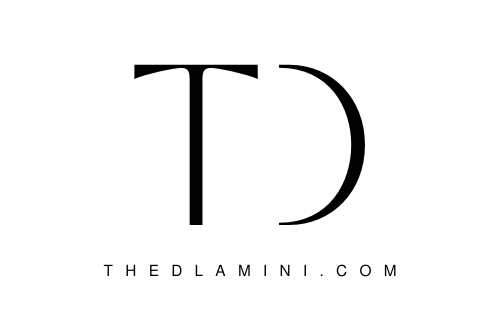Arable land is defined as land that can be used for growing crops. It is a vital natural resource, especially in countries where agriculture is the main source of income and food. According to the Food and Agriculture Organization of the United Nations (FAO), arable land covers about 12 per cent of the world’s land surface. The FAO’s definition of arable land includes land under temporary crops (double-cropped areas), temporary meadows for mowing or pasture, land under market and kitchen gardens, and land temporarily fallow. Arable land is used for cropping at least once in a ten-year period.
The amount of arable land in Namibia
Namibia is a country in southern Africa. The amount of arable land in Namibia is relatively small compared to other countries in the region. According to the Food and Agriculture Organization of the United Nations, Namibia has about 2.7 million hectares of arable land. This is only about 3.5% of the total land area of the country. Most of Namibia’s arable land is in the northern part of the country.
The small amount of arable land in Namibia is a major challenge for the country’s food security. With a growing population, Namibia will need to increase its agricultural production in order to meet the demand for food. The government of Namibia is working to improve.
Namibia has a lot of arable lands, but the climate and topography can make it difficult to farm.
The country is mostly desert, with only a small percentage of the land being suitable for farming. The main problem is the lack of water, as most of the rivers are dry for much of the year. There is also a lot of wind, which can damage crops. Despite these difficulties, Namibia is one of the world’s leading producers of diamonds, uranium, and other minerals.
